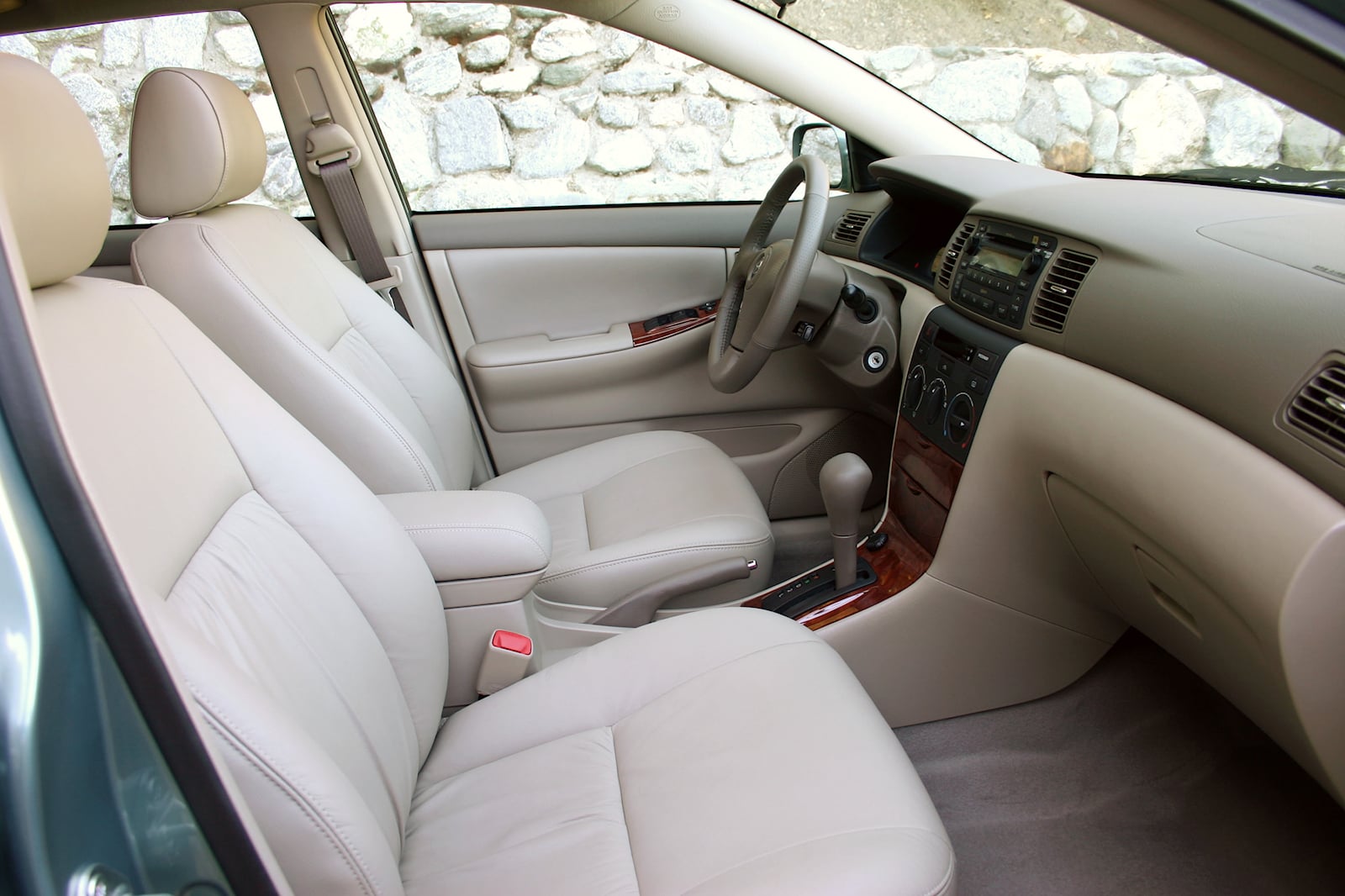The 2ZZ-GE is formed with an aluminum block and head with forged steel connecting rods, multipoint fuel injection, and dual overhead cams managing 16-valves with a VVTL-i valve-timing and -lift technology. Problems that you may encounter with this engine include VVTL-i locking pin issues, rough idling, increased oil consumption, and oil-pump failure.
The valve timing system's locking pin works on oil pressure to lock the cam profile under the valve-lift condition. If this fails, it will not be able to select the proper position of the valve lift in relation to the engine speed. This pin will fail with time, but the more you access the valve-lift zone, the faster it'll give in. This will wear out the cams over time until they start to fail. To resolve this problem, you will need to have your entire valve-timing system replaced, which can be a costly job. If you pick the problem up early, you'll only need to replace the locking pin. To defer this problem as much as possible, it is recommended that the VVTL-i system is serviced at 30,000-mile intervals. If you have any issues with your VVTL-i system, you will be confronted by the P1346 or P1349 fault codes. Camshaft-related faults are also covered by the P0012 and P0016 codes.
After around 100,000 miles, you may notice that the 2ZZ will start consuming oil at an accelerated rate. This is due to the same problem as the 1ZZ's piston and ring design, although it is not as severe. This will lead to smoke from the exhaust, a loss of power, and poor overall engine performance. The only way to resolve this is by having the rings replaced.
Rough idling may also become apparent after some use. This is more likely to occur if you drive in dusty parts of the country. If this is the case, you must clean out the throttle body and idle air control valve. Fault code P1400 will point to such a flaw. For good measure, you should do this together with the VVTL-i service. Oil-pump failure occurs mostly on modified cars on which the rev limiter is increased to beyond the standard 8,200 rpm redline. If you exceed this mark, catastrophic oil-pump failure becomes more likely, leading to oil starvation and terminal engine damage. The oil pump should remain reliable on standard cars, but it's a potential weak spot on hard-driven cars. Because of the laser-clad valve seats and the block's cylinder sleeves with their specialized wear layer, these engines cannot be machined or rebuilt, so the entire unit will have to be replaced if oil starvation damages it, which will be at a prohibitive cost.
Mileage: Valve-timing locking-pin wear depends on how frequently you access the higher rev ranges. Oil consumption increases will start at around 100,000 miles. Rough idling is dependent on your driving environment.
Cost: Having the VVTL-i system serviced will cost $260. A new locking pin is only $2 because it is a simple part, but the fitment cost may be close to $200. A set of new piston rings will only cost $15, but you'll have to pay close to $600 to have them fitted. Having the throttle body cleaned should only cost $100. A new oil pump and fitment will cost $900. Having a new engine fitted may cost you up to $3,000.
How to spot: A worn locking pin will result in improper valve timing characteristics in relation to the engine speed. After time, this can cause cam failure. Worn piston rings will result in an increase in oil consumption together with a smoking exhaust and burning oil smell. A dirty throttle body will result in rough or high engine idle and acceleration problems for the Toyota Corolla.














 Acura
Acura
 Alfa Romeo
Alfa Romeo
 Aston Martin
Aston Martin
 Audi
Audi
 Automobili Pininfarina
Automobili Pininfarina
 Bentley
Bentley
 BMW
BMW
 Bollinger
Bollinger
 BrightDrop
BrightDrop
 Bugatti
Bugatti
 Buick
Buick
 Cadillac
Cadillac
 Caterham
Caterham
 Chevrolet
Chevrolet
 Chrysler
Chrysler
 Dodge
Dodge
 Ferrari
Ferrari
 Fiat
Fiat
 Fisker
Fisker
 Ford
Ford
 Genesis
Genesis
 GMC
GMC
 Gordon Murray Automotive
Gordon Murray Automotive
 Hennessey
Hennessey
 Honda
Honda
 Hyundai
Hyundai
 Ineos Automotive
Ineos Automotive
 Infiniti
Infiniti
 Jaguar
Jaguar
 Jeep
Jeep
 Karma
Karma
 Kia
Kia
 Koenigsegg
Koenigsegg
 Lamborghini
Lamborghini
 Land Rover
Land Rover
 Lexus
Lexus
 Lincoln
Lincoln
 Lordstown
Lordstown
 Lotus
Lotus
 Lucid Motors
Lucid Motors
 Maserati
Maserati
 Mazda
Mazda
 McLaren
McLaren
 Mercedes-Benz
Mercedes-Benz
 Mini
Mini
 Mitsubishi
Mitsubishi
 Nissan
Nissan
 Pagani
Pagani
 Polestar
Polestar
 Porsche
Porsche
 Ram
Ram
 Rimac
Rimac
 Rivian
Rivian
 Rolls-Royce
Rolls-Royce
 Spyker
Spyker
 Subaru
Subaru
 Tesla
Tesla
 Toyota
Toyota
 VinFast
VinFast
 Volkswagen
Volkswagen
 Volvo
Volvo